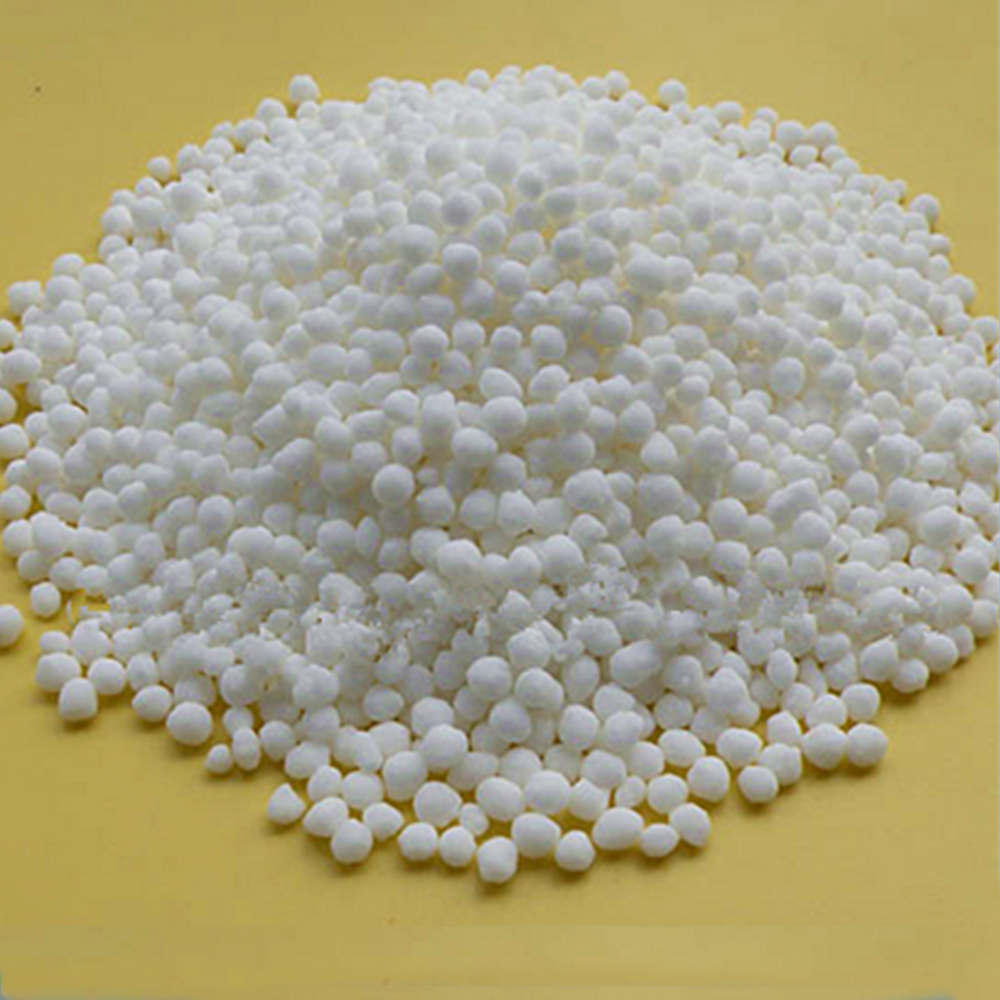



sodium sulfide sds
Understanding Sodium Sulfide Safety Data Sheet Overview
Introduction
Sodium sulfide (Na2S) is an inorganic compound primarily used in various industrial applications, including the production of paper, leather tanning, and chemical synthesis. Despite its wide use, understanding its properties and handling precautions is crucial for maintaining safety in workplaces that utilize this chemical. A Safety Data Sheet (SDS) provides essential information about hazardous substances, ensuring that personnel are informed about the risks and handling procedures involved with sodium sulfide.
Chemical Identity
Sodium sulfide appears as a yellow to reddish-brown solid or a colorless solution when dissolved in water. It has a distinctive rotten egg odor due to the release of hydrogen sulfide gas (H2S) when decomposed. The compound is highly soluble in water, creating alkaline solutions, and it can absorb moisture from the air. The molecular weight of sodium sulfide is approximately 78.04 g/mol, and its CAS number is 1313-82-2.
Hazard Identification
The SDS for sodium sulfide outlines various hazards associated with the chemical
- Health Hazards Sodium sulfide can cause irritation to the skin, eyes, and respiratory tract. Prolonged exposure may result in more severe respiratory issues or skin sensitization. Ingestion of sodium sulfide can lead to gastrointestinal distress and potentially severe health complications. - Environmental Hazards Sodium sulfide poses a risk to aquatic life due to its toxic nature. Its release into water bodies can disrupt ecosystems, impacting flora and fauna.
- Physical Hazards Sodium sulfide is capable of releasing hydrogen sulfide gas upon contact with acids. This gas is highly toxic and flammable, presenting significant dangers in confined spaces or poorly ventilated areas.
First-Aid Measures
The SDS emphasizes the necessity of immediate response in case of exposure. First-aid measures include
sodium sulfide sds

- Inhalation Move the affected person to fresh air immediately. If breathing difficulties persist, seek medical attention.
- Skin Contact Remove contaminated clothing and rinse the skin thoroughly with water for at least 15 minutes. Seek medical attention if irritation persists.
- Eye Contact Rinse the eyes gently with water for at least 15 minutes while holding the eyelids open. Immediate medical attention is essential.
- Ingestion Do not induce vomiting. Rinse the mouth and seek medical advice at once.
Handling and Storage
When working with sodium sulfide, implementing proper handling precautions is critical. The SDS advises wearing appropriate personal protective equipment (PPE), which includes gloves, goggles, and protective clothing. Engineering controls such as local exhaust ventilation should be employed to minimize airborne concentrations.
In terms of storage, sodium sulfide should be kept in a cool, dry, and well-ventilated area away from incompatible materials like acids. Containers should be tightly closed and labeled clearly to prevent accidental exposure. It is also suggested to keep sodium sulfide away from sources of ignition and direct sunlight.
Accidental Release Measures
In the event of an accidental release, immediate action is required to mitigate risks. The SDS outlines procedures for containment and cleanup, emphasizing the importance of personal protective equipment during the process. Spills should be contained, and appropriate methods for disposal should be followed in accordance with local regulations.
Conclusion
Sodium sulfide is an essential chemical in various industries, but its potential hazards necessitate a thorough understanding of its properties and safety measures. By consulting the Safety Data Sheet, personnel can better prepare for safe handling, effective response to exposure, and efficient management of accidents. Education and adherence to safety protocols are essential in minimizing risks associated with sodium sulfide in the workplace, protecting both health and the environment.
-
Why Sodium Persulfate Is Everywhere NowNewsJul.07,2025
-
Why Polyacrylamide Is in High DemandNewsJul.07,2025
-
Understanding Paint Chemicals and Their ApplicationsNewsJul.07,2025
-
Smart Use Of Mining ChemicalsNewsJul.07,2025
-
Practical Uses of Potassium MonopersulfateNewsJul.07,2025
-
Agrochemicals In Real FarmingNewsJul.07,2025
-
Sodium Chlorite Hot UsesNewsJul.01,2025










